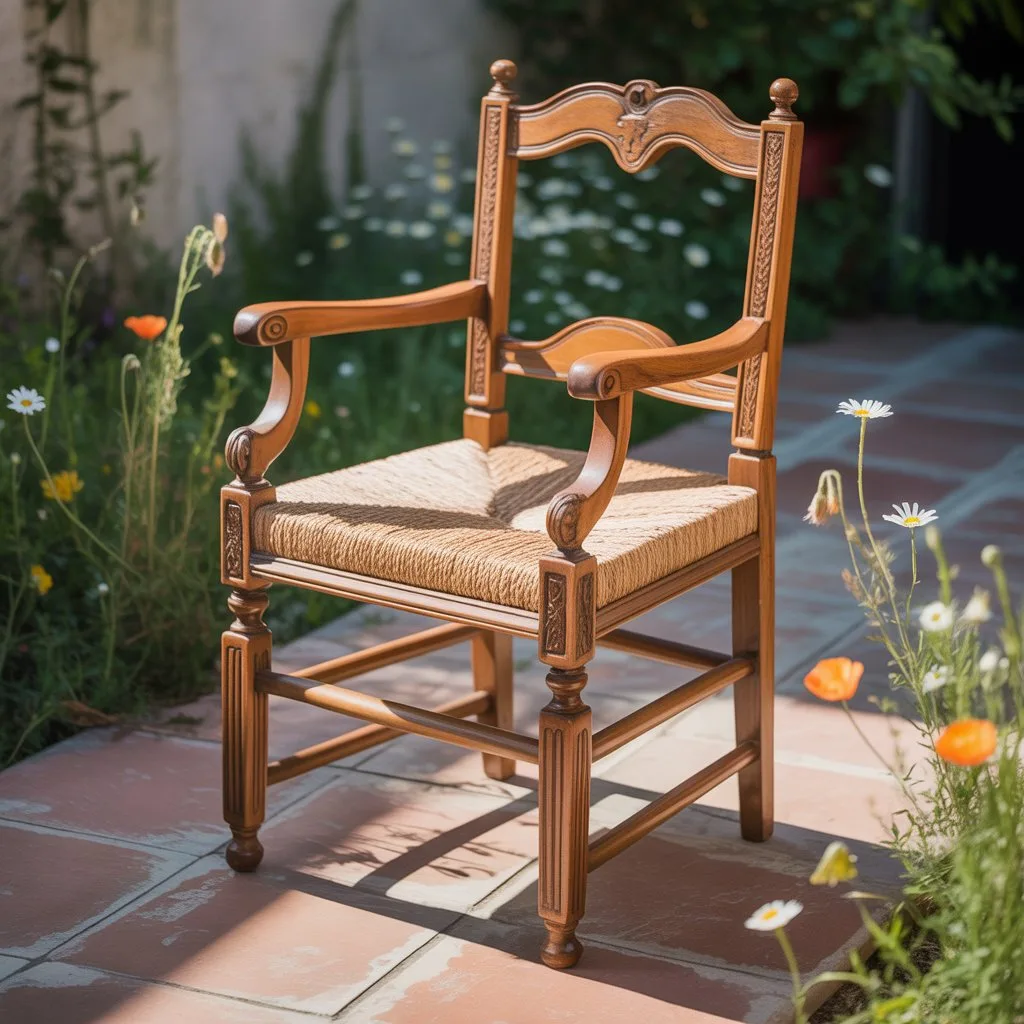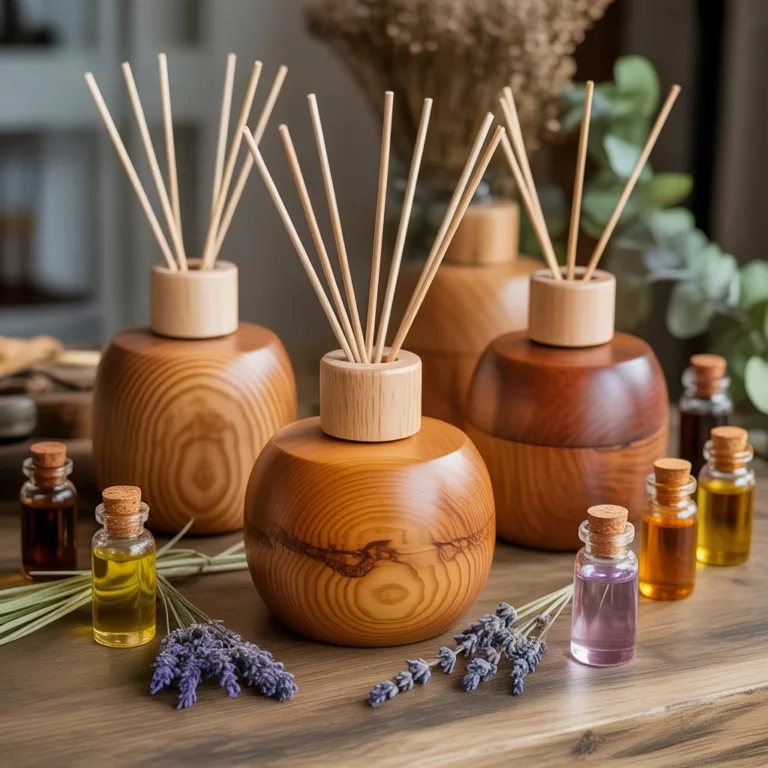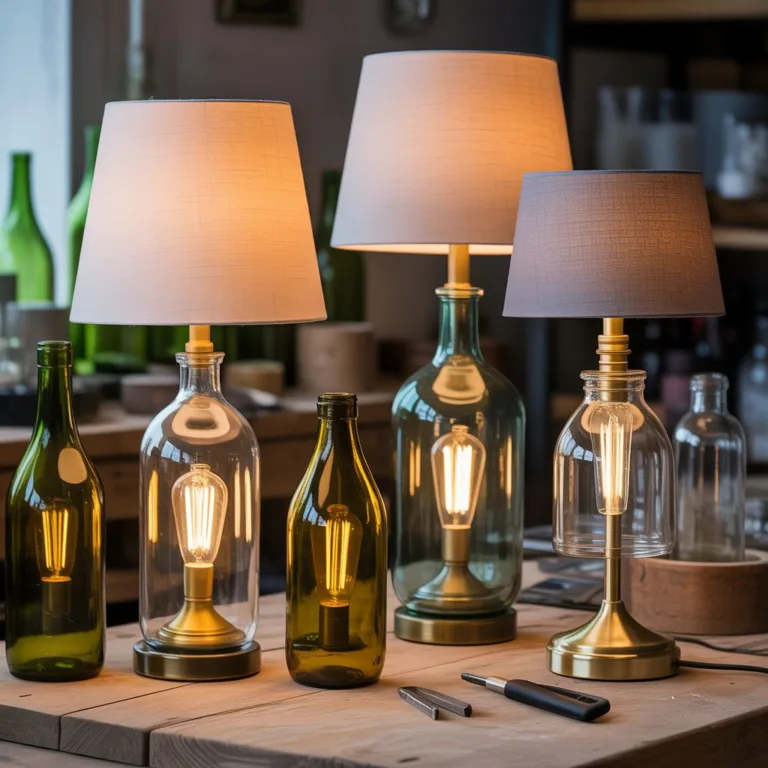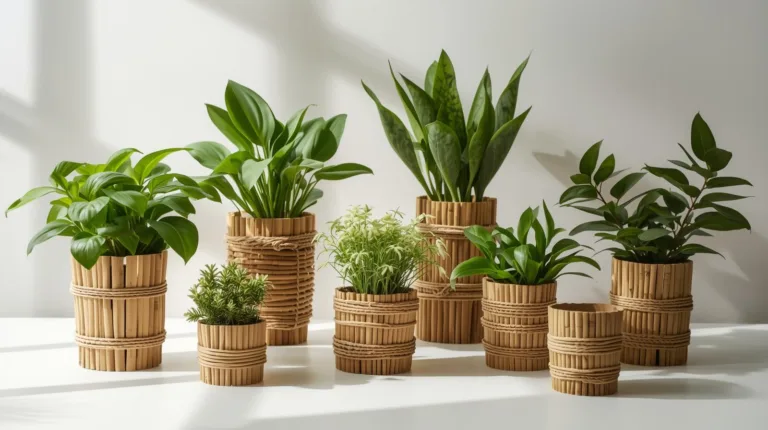In a world increasingly focused on sustainability and mindful living, the art of transforming old furniture into rustic eco pieces is more than just a trend — it’s a creative movement that blends design, ecology, and craftsmanship. Repurposing and restoring furniture gives new life to forgotten items, reducing waste and celebrating the natural imperfections that define rustic charm.

Whether you’re a DIY enthusiast, an interior design lover, or simply someone looking to decorate your home with meaning, transforming old furniture can be both an environmentally responsible act and a deeply satisfying creative project. With patience, vision, and a few sustainable techniques, you can turn discarded items into statement pieces that tell a story.
The Meaning Behind Rustic Eco Furniture
Rustic eco furniture isn’t about perfection — it’s about authenticity. It embraces materials in their raw or aged state, emphasizing texture, color variation, and natural wear. The goal is to highlight the beauty of reclaimed wood, distressed finishes, and organic forms rather than concealing them.
By focusing on reuse and natural elements, these pieces also reflect a larger lifestyle philosophy — one that values sustainability over consumerism, creativity over convenience, and craftsmanship over mass production.
When you repurpose furniture instead of buying new, you’re reducing your carbon footprint, saving natural resources, and avoiding the harmful effects of industrial manufacturing. It’s a powerful example of how sustainability can be both stylish and practical.
Finding the Right Furniture to Transform
The transformation begins with the hunt. The best candidates for eco makeovers are pieces that have “good bones” — sturdy structures that can withstand refinishing or repair.
Where to Find Old Furniture
- Thrift Stores and Flea Markets: Often full of hidden gems at low prices.
- Online Marketplaces: Platforms like Craigslist or Facebook Marketplace are excellent sources for used furniture.
- Family Heirlooms or Hand-Me-Downs: Old tables, dressers, or chairs with sentimental value can be given new purpose.
- Discarded Items: Look out for furniture left on sidewalks or near dumpsters; many can be salvaged with minimal effort.
Choose solid wood whenever possible, as it’s durable, easy to refinish, and ages beautifully. Avoid particleboard or MDF pieces, which are harder to restore and often contain chemical glues.
Planning Your Rustic Transformation
Before you begin, visualize the final look you want to achieve. Rustic eco furniture celebrates imperfection, so focus on enhancing natural qualities rather than erasing them.
Inspiration Sources
- Nature: Observe the textures of bark, stone, and soil for color and surface ideas.
- Farmhouse and Cabin Aesthetics: Aged finishes, exposed grain, and handmade hardware.
- Scandinavian and Wabi-Sabi Design: Simplicity, natural tones, and balance between utility and beauty.
Sketch or photograph your furniture from different angles and jot down potential changes — sanding, staining, adding new hardware, or combining materials. Having a clear vision ensures your final piece feels cohesive and intentional.
Preparing the Furniture
Preparation determines the success of your project. Start by cleaning your furniture thoroughly to remove dust, grease, or old wax. A mixture of mild soap and vinegar works well for this step and is eco-friendly.
Once clean, inspect for damage — loose joints, missing screws, or chipped edges. Tighten, glue, or replace parts as needed using sustainable materials like non-toxic wood glue or reclaimed hardware.
If your piece has a glossy finish, lightly sand it using fine-grit sandpaper to help new paint or stain adhere. Always sand in the direction of the grain to maintain a natural texture.
For painted surfaces, avoid harsh chemical strippers. Instead, try natural alternatives like baking soda paste or a solution of lemon juice and vinegar. These options are safer for you and the environment.
Choosing Eco-Friendly Materials and Finishes
The heart of transforming old furniture into rustic eco pieces lies in the materials you choose. Traditional paints and varnishes often contain harmful VOCs (volatile organic compounds) that release toxic fumes. Eco-friendly alternatives provide beautiful finishes without environmental damage.
Sustainable Finishing Options
- Natural Oils: Linseed, tung, or hemp oil nourish wood while enhancing its grain.
- Milk Paint: A biodegradable paint made from milk protein, lime, and natural pigments. It gives a soft, antique look perfect for rustic styles.
- Beeswax Polish: Adds a subtle sheen and protects wood naturally.
- Plant-Based Stains: Derived from fruits, vegetables, or coffee grounds for natural color.
Eco Tools
Use reusable brushes, sandpaper with recycled backing, and cloths made from old cotton garments. If you use power tools, ensure they’re energy-efficient or hand-operated when possible.
Highlighting Natural Texture
Rustic eco furniture celebrates authenticity. Instead of concealing imperfections, enhance them.
If your furniture has scratches or dents, embrace them as part of its history. Lightly sand to smooth sharp edges, but keep visible marks that show character. You can use a dry brushing technique — applying minimal paint on a brush — to accentuate grain and texture.
For added depth, experiment with distressing methods:
- Rub candle wax on corners before painting, then sand lightly for a worn effect.
- Use steel wool dipped in vinegar to give wood an aged patina.
- Mix natural stains like tea or coffee for darker tones.
Each imperfection tells a story, creating a unique, lived-in appearance that no factory finish can replicate.
Incorporating Reclaimed Elements
One of the most creative ways to make your rustic eco furniture stand out is by combining materials. Reclaimed wood, metal scraps, and fabric remnants can all add personality and function to your design.
Examples of Reclaimed Enhancements
- Replace broken drawer fronts with mismatched wooden planks for a patchwork effect.
- Add old iron handles, rope pulls, or brass knobs for a vintage touch.
- Use leftover leather or burlap to upholster seats or drawer panels.
- Turn discarded cabinet doors into decorative backsplashes or wall-mounted shelves.
Reclaimed materials add depth and contrast while maintaining a commitment to reuse. They also help preserve history — every nail hole or weathered edge carries traces of its previous life.
Building New Functions into Old Pieces
Sometimes, the best transformation involves changing a piece’s purpose entirely. With imagination, an outdated object can become something unexpected and useful.
Here are a few creative ideas:
- Old Door → Dining Table: Sand, seal, and mount on trestles or sawhorses.
- Wooden Ladder → Bookshelf or Plant Stand: Attach boards horizontally across rungs.
- Dresser → Bathroom Vanity: Cut a hole for a sink and waterproof the top.
- Crates → Modular Storage Units: Stack and secure them for flexible shelving.
- Chair → Garden Planter: Remove the seat and add a pot for flowers or herbs.
These conversions not only save materials but also make your home more original. Each upcycled item becomes a conversation piece and a testament to sustainability in action.
Adding Finishing Touches
The finishing details bring your piece to life. Consider natural textiles, soft lighting, and organic décor to complement your rustic design.
For a cohesive aesthetic, use neutral colors such as beige, cream, or soft gray alongside the natural wood tones. Matte or chalk finishes emphasize the earthy texture that defines rustic furniture.
If you want to personalize your creation, stencil nature-inspired designs using eco-paints — leaves, branches, or geometric patterns made from natural pigments can enhance visual interest without overpowering the organic feel.
Finally, protect your furniture with a coat of beeswax or oil. This not only deepens the tone but also ensures longevity, allowing your piece to age gracefully over time.
Integrating Rustic Eco Pieces into Modern Spaces
You don’t need to live in a cabin to enjoy rustic furniture. When balanced thoughtfully, rustic eco pieces can elevate even minimalist or contemporary interiors.
Blending Styles
- Contrast and Balance: Pair weathered wood with clean lines or metal accents for a modern rustic fusion.
- Natural Palette: Use shades inspired by earth — browns, greens, and muted tones — for harmony.
- Functional Simplicity: Let one rustic piece serve as the focal point of a room, surrounded by lighter decor.
This mix of textures and tones creates warmth and depth while maintaining a sustainable mindset. The result feels grounded, authentic, and timeless.
Teaching Sustainability Through Creativity
Transforming old furniture into rustic eco pieces can also be a powerful educational tool. Families, teachers, or community workshops can use furniture restoration to teach the values of sustainability and creative problem-solving.
Children learn how to reuse materials responsibly, adults reconnect with craftsmanship, and communities strengthen ties through shared creative projects. Hosting local “upcycle days” or workshops encourages collaboration while reducing waste in your area.
When people witness how discarded furniture can become art, they begin to see value where others see trash — a mindset that extends far beyond interior design.
The Emotional Value of Handmade Transformation
Perhaps the most rewarding aspect of upcycling old furniture is the emotional connection it creates. Restoring or repurposing an old chair, table, or cabinet gives it a second life, infusing it with new memories and meaning.
Unlike mass-produced furniture, handmade rustic pieces carry individuality and intention. Each scratch, brushstroke, and color choice reflects personal creativity. Over time, these items become heirlooms — not because of monetary value, but because of the stories they embody.
Every brush dipped in eco paint and every knot tied with jute string becomes part of a greater narrative — one where art, sustainability, and heart coexist.
A Lifestyle of Conscious Design
In the end, transforming old furniture into rustic eco pieces isn’t just a DIY project — it’s a lifestyle choice. It invites us to slow down, appreciate natural materials, and rethink our relationship with consumption.
By restoring instead of replacing, you contribute to a world that values renewal over waste. Your home becomes a reflection of both creativity and care for the planet — a space filled with character, warmth, and conscience.
So, the next time you come across an old chair or weathered table, don’t see it as junk. See it as potential — a blank canvas waiting for your touch. With a bit of imagination, you can turn forgotten furniture into a rustic masterpiece that honors both artistry and the Earth.

Lucas Hartman is a DIY enthusiast and sustainability advocate focused on natural crafts and eco-friendly home décor. With a background in arts and design, Lucas creates tutorials that help families and hobbyists transform everyday recycled or organic materials into beautiful, functional projects.



